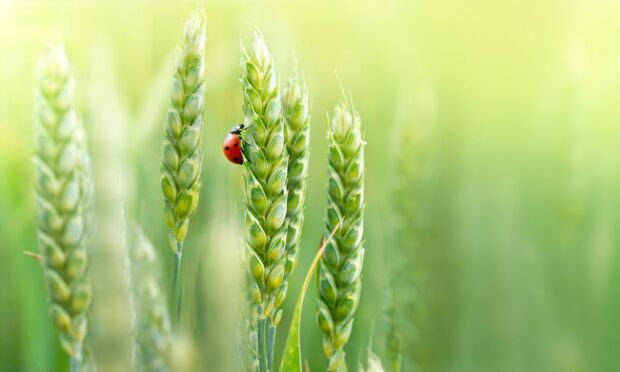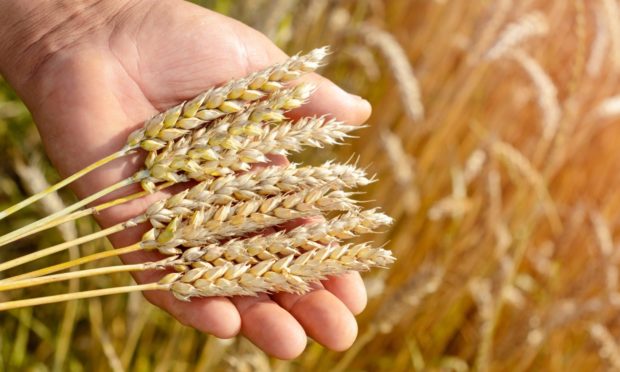Scientists in England will be able to run more field trials of gene-edited crops following a decision by Defra to relax the rules on gene editing.
New legislation introduced in England will cut red tape for gene editing plant research, the first step towards what Defra says is “a more scientific and proportionate approach to the regulation of genetic technologies”.
Gene editing differs from genetic modification (GM) as it is used to create new varieties similar to those which could have been produced more slowly through traditional breeding processes, whereas GM alters the genetic makeup of an organism .
Defra says the rule change will unlock research opportunities to grow crops which are more nutritious and require less pesticide and herbicide, and gives examples such as climate-resistant wheat, mildew-resistant tomatoes and sugar beet which is resistant to virus yellows.
The UK Minister for Agri-Innovation and Climate Adaptation, Jo Churchill said: “New genetic technologies could help us tackle some of the biggest challenges of our age – around food security, climate change and biodiversity loss.
“Now we have the freedom and opportunity to foster innovation, to improve the environment and help us grow plants that are stronger and more resilient to climate change.”
Although the new rules don’t apply in Scotland, the farmers union here welcomed the move.
NFU Scotland crops policy manager David Michie said: “This breeding technique can help positively address some of the big challenges Scottish agriculture faces, including how we respond to the climate emergency and address biodiversity loss.”
Defra’s Chief Scientific Adviser, Professor Gideon Henderson, said gene editing was a powerful tool that would help make plant breeding more efficient and precise by mimicking natural processes that currently take many years to complete.
“With the new rules now formally in place, scientists will be able to assess new crops in real-world conditions more easily,” he said.
Professor Dale Sanders, the director of The John Innes Centre, said gene editing provided an opportunity to revolutionise food systems.
“However to benefit fully, we have to address the way we regulate this technology,” he said.
“Defra’s announcement today is a step in the right direction, that will allow researchers to run more field trials of gene-edited crops. I am therefore pleased to see the Government acting to bring these changes in.
“To make the most of these discoveries, we need to translate our science to benefits for consumers by making products available on supermarket shelves. I look forward to working with Defra as it continues its wider review of regulations around genetic technologies.”


